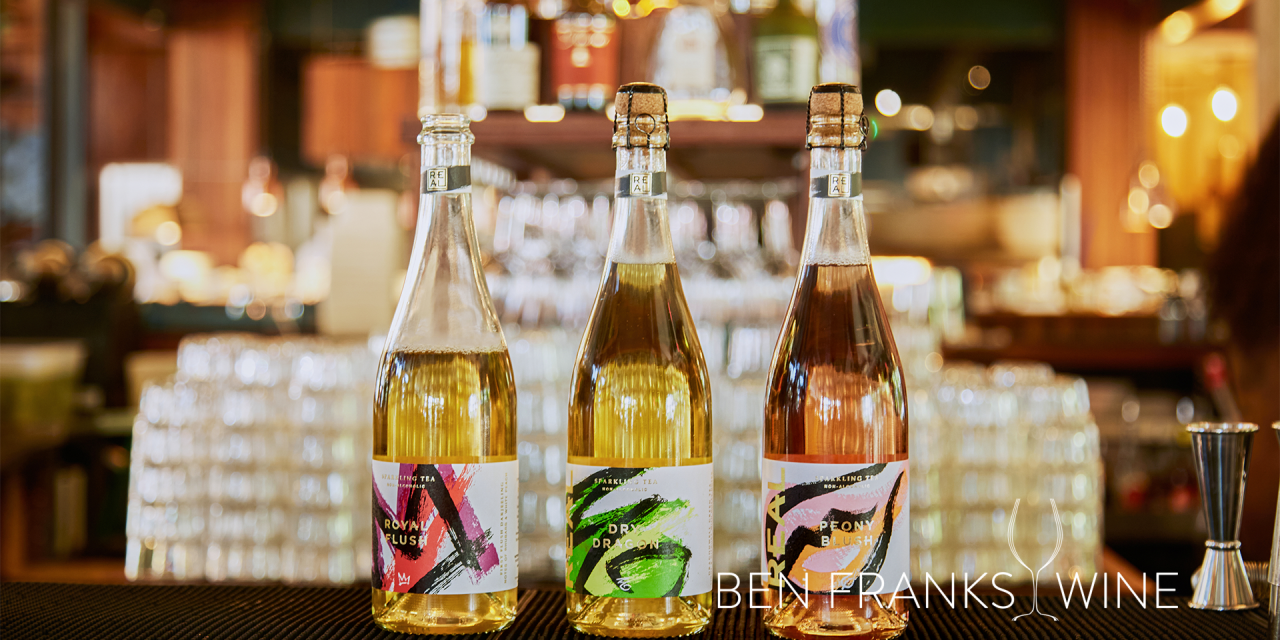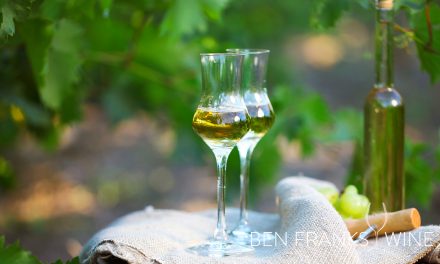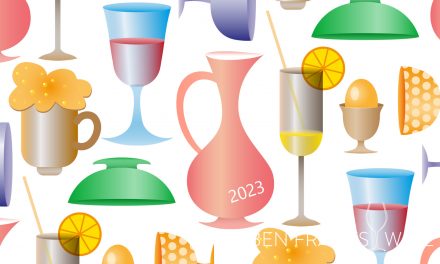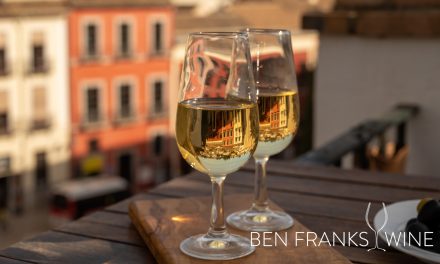Have you too felt dissatisfied with non-alcoholic offerings this dry january? So was David Begg after launching his brand REAL in 2017. He talks to Peter Gray about his journey from brand creation to the release of a brand new, “first of its kind” product in late 2023.
David Begg started out in the beverage industry with no clear intent, yet ended up as the founder of one of the most successful non-alcoholic drinks brands in the UK. Founding the business in 2017, he sought to find a solution to the void of good non alcoholic beers & ales in pubs.
Peter Gray from Ben Franks Wine caught up with David to find out more about why he launched the brand, his success in the UK, and his strong conviction to innovate and experiment.
How did you start out in the beverage industry?
David quit alcohol ten years ago, stating he would only taste ‘good wine’ occasionally. He found himself at the point where alcohol was disturbing a busy life and that by doing this, he experienced the very positive change of having more energy everyday.
Yet, despite going teetotal, he continued to go to the pub. David recalls around about 2015-2016 that non alcoholic beers & ales in pubs were ‘not good’ and you were left with the only option of having lime & soda or sparkling water.
Conversely, around this time, David had his first introduction to kombucha through trying a black oolong mix, which he said had a ‘rich, hearty and unfiltered’ characteristic between a craft ale and a scrumpy cider. His first reaction was that it should be on tap in every pub in the country.
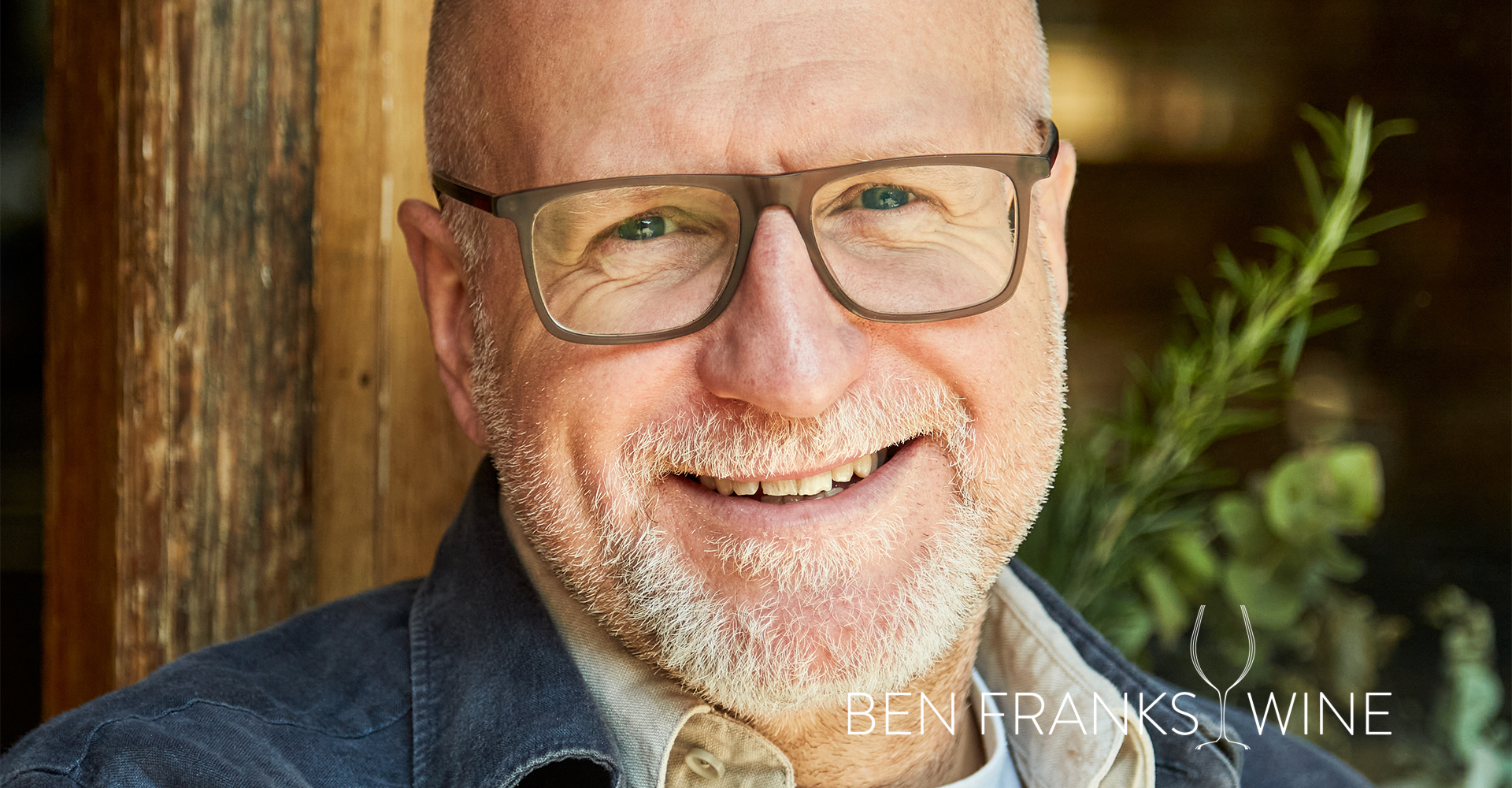
David Begg, founder of REAL.
Following this eye-opening experience, he took some kombucha culture home and made a silver needle tea. He remembers the ‘incredible notes of rose, vanilla & almond’ and, for him, it was ‘as good as any champagne’ he had ever tasted. ‘It was delicate, light, fruity, aromatic and floral.’
David states that REAL still makes this variant of tea from time-to-time as a premium, limited edition product.
Following this experience, giving him the passion for tea-fermentation, he launched his product from his garage. Within 6-12 months of launching they were in 50-60 Michelin starred restaurants. When they won their first Michelin starred restaurant, it was still being fermented in David’s garage.
Although the origin of the drink comes from kombucha, REAL has rebranded to a naturally sparkling tea alternative to champagne.
How do you make REAL drinks?
David starts by emphasising the importance of proper fermentation. He says that non-alcoholised drinks typically ferment with yeast, starting off alcoholised before being de-alcoholised. In doing this, you must ‘doctor’ the drink. This is known as the Spinning Cone Column process – but when you do this you lose so much of the essential flavour compounds and esters.
As a result of this, David wanted to produce a ‘wine’, saying that he cannot legally call the product a wine. It’s frustrating as he reasons that the REAL drinks fermentation process is fundamentally the same as making wine. They use ‘large stainless steel vessels, fermenting in 10,000L vats, applying yeast and bacterial cultures but we are applying that to a tea substrate – a tea & sugar substrate.’
David wanted a natural, non-alcoholic fermentation using kombucha as a base for the technology. Since then, they’ve done much experimentation e.g. DNA testing, isolation, extraction and repropagations. Interestingly, this means that they can now take whatever tea they want and produce an ‘extraordinary flavoured drink, which has no requirement for the removement of alcohol afterwards’, protecting those all important delicate flavour compounds.
While interviewing David, I wondered whether the natural caffeine of tea had an effect on the flavour of REAL, in a similar way that it does the flavour of other sodas or fizzy drinks. David replied that caffeine has no weight on the flavour or mouthfeel of the drink, with caffeine content being 1/7th to 1/20th of a coffee. David stated that sugar levels in the drink are 2-3% of the remaining sugars from production. He says you need this sugar level to give mouthfeel and acidity to the drink. Furthermore, he states kombucha is primarily acetic acid, with the tasting note of vinegar. For REAL, the balance is about sugars and acids.
How does REAL innovate with their product? What about the future?
REAL’s 2nd newest release “Peony Blush” took two and a half years to develop. David said that it took ‘hundreds of fermentations’ to get to that final product, making multiple iterations at a time. Fascinatingly they can create a different sensation through different teas & microbes, despite the same acidity levels across all of their drinks.
REAL are constantly making new products in the lab. Since starting in 2017 they have fermented 300-350 teas over the years, and tasting notes have been made in order to develop new products. David endeavours to continue innovating in REAL’s technology, teas and ‘other materials’. He states: ‘Tea is only one part of our arsenal, being one substrate that we ferment with.’
David and his team plan to launch new products in 2024 at a higher price-point using ‘far more complex processes’, with David expecting REAL to be ‘very much bigger’, closing out on an impressive ‘100% growth on 2022’ last year.
Intriguingly, REAL has a fermentary on the Rothschild estate. They will be planting a tea plantation outside their fermentary soon. They’ve gone from three stages: the garage to a small production facility on a farm for 4-5 years to finally then opening the current fermentary at the end of 2022. They have a lab, tasting rom and warehouse on site – but David elaborates it is ‘not a small local winery, but not a large corporation scale winery.’
Did you find it hard to market REAL and get it stocked with customers?
In 2017-2018, the typical response for David from general buyers, on-trade or retail buyers was: ‘Why would I need to offer my customers a non-alcoholic option? I’ve got coke, I’ve got [non-alc] beer. That’s good enough.’
David retorted to this in reflection, saying: ‘The world has moved on so far in the last 5 years in terms of the consumer expectations of their point of sale, whether it be on-trade or off-trade. They need to stock quality non-alcoholic options.’ He says that there is generally positive response to the trade, relative to what REAL is compared to non-alcoholic wine, beer and spirits.
Believing that REAL is the ‘leader by a stretch’ in the non-alcoholic sparkling world, he doesn’t feel like he needs to necessarily ‘copy the alcoholic-cousins’.
However, he states the challenge is getting consumers to trial the drink for the first time. ‘How do you get a consumer to walk up to a display?’ he asks. ‘I’m looking at something alcoholic, what’s a sparkling tea? It’s easier to know a non-alcoholic wine. It’s about education.’ In retail, David states that they lead in customer loyalty; once they try it, they’re sold on it.
David also emphasises the importance of point of sale, saying it’s important to REAL for on/off-trade customers to read about the drinks on a menu in a way that works and that stockists should trust them to know how to do this. Alongside bottles, REAL provided cans to make sure that they have a single serve unit, which was more important to them in the earlier years of starting the brand. Interestingly, he says that today they are lucky when being compared to champagne, as you can stopper the bottle and keep it up for 6-7 days – staying fizzy over this entire period.
REAL wanted to move away from cans because, for David, if the customer’s first engagement with the brand is a can, the consumer may potentially seen as a soft-drink, disregarding the quality and depth of the drink they produce.
I asked David about why REAL prices their product at the mark they do (£7-10 depending on where you get it). As mentioned earlier, this is due to the complexity of process that REAL goes through to produce its drinks and, if they price it any lower, David states they won’t make a profit. David justifies the price when compared to a soft-drink by saying they use multiple yeast strains, bacterias, long fermentations & post-processing that is in itself complex, like managing the wastage during this process. All of these elements add up to something ‘fundamentally different’ to a soft-drink, which is just a liquid that’s been through much less processing, gets carbonated, and is put into a bottle or can.
According to David, people often ask why REAL is not priced at the same level as a sparkling wine or champagne. He states that duty is involved, but more importantly, when they went into the market the consumer wasn’t ready for quality non-alcoholic drinks at champagne-type pricing. The brands that did this stayed very small, or got sidelined – differentiating REAL, as they were able to get listings in Michelin restaurants because of their reasonable price line.
David breaks the types of offerings down into various categories, being:
£5, typical non alcoholic wine of five years ago. No brand leadership, poor quality – a cheap alternative.
£9, now rising into £11-12 premium due to cost of production.
£18-25 niche market, but David sees this as the expansion point as the quality of offerings improves.
£40-60 small batch ‘extraordinary products’. David says there is a need for products in this space to prove what’s possible in the non-alcoholic drinks sector.
What about your competitors & demographics?
Whilst interviewing David, I asked him about competitors in the industry, such as Saicho – who also make sparkling tea. David says the difference is in the fermentation process that REAL uses, which distinguishes it and makes it the alternative to sparkling wine that REAL markets itself as, whereas despite saying Saicho is a great product, he says they are more closely related to the soft drink category under his parameters. For David, the fermentation process is the key to gaining respect with the consumer long-term.
Speaking of consumers, David states that the demographic of buyers for REAL extend across age ranges from their 20s-80s, leaning 65% to female consumers and typically food & wine appreciators. They tend to be picked up by the more affluent consumer, because they are not a soft drink, doing well with sellers such as Ocado & Waitrose. Pre-covid, REAL targeted an urban consumer, however following the pandemic, they have shifted their efforts to online selling. David recounts that many sommeliers at Michelin/prestige restaurants say REAL are the only top product on the market that they would pair with their chef’s dishes because most non-alcoholics will ‘detract from the flavour on the plate, rather than support it in the way that a great wine would.’
What’s the future of REAL?
David says that REAL is ‘pretty much’ only in the UK. He plans to expand the brand with the ‘whole rest of the world to go out into.’ He makes an interesting claim, that he can’t find anything else globally that is a match or is like what he produces today in regard to quality. David makes a callout to all buyers, pleading them to have a passion for the liquid their purchasing – and if they have this passion, it’s likely the consumer will understand it. He states that it’s important not to get caught up in what’s ‘easy to put on the shelf’, but rather to sell ‘extraordinary liquid’ on the shelf or menu, that consumers will become passionate about. He finishes by saying putting ‘second-rate liquid’ on the menu or shelf will not build this part of the market.
Lastly, he promises a massive opportunity with REAL. Their last data suggested 56% of people were looking to reduce their alcohol consumption and wanted to find quality non-alcoholic alternatives, with 30% of people who went to pubs not consuming alcohol. David claims that these stats are changing very fast, and that the industry must make sure they not only deliver high quality products, but make an effort to communicate it to them, so they know what they’re buying and stick with it.
~
Photos provided by REAL drinks.
Have you tried REAL? Get involved in the discussion below! Interested in finding out more about REAL? See here.

